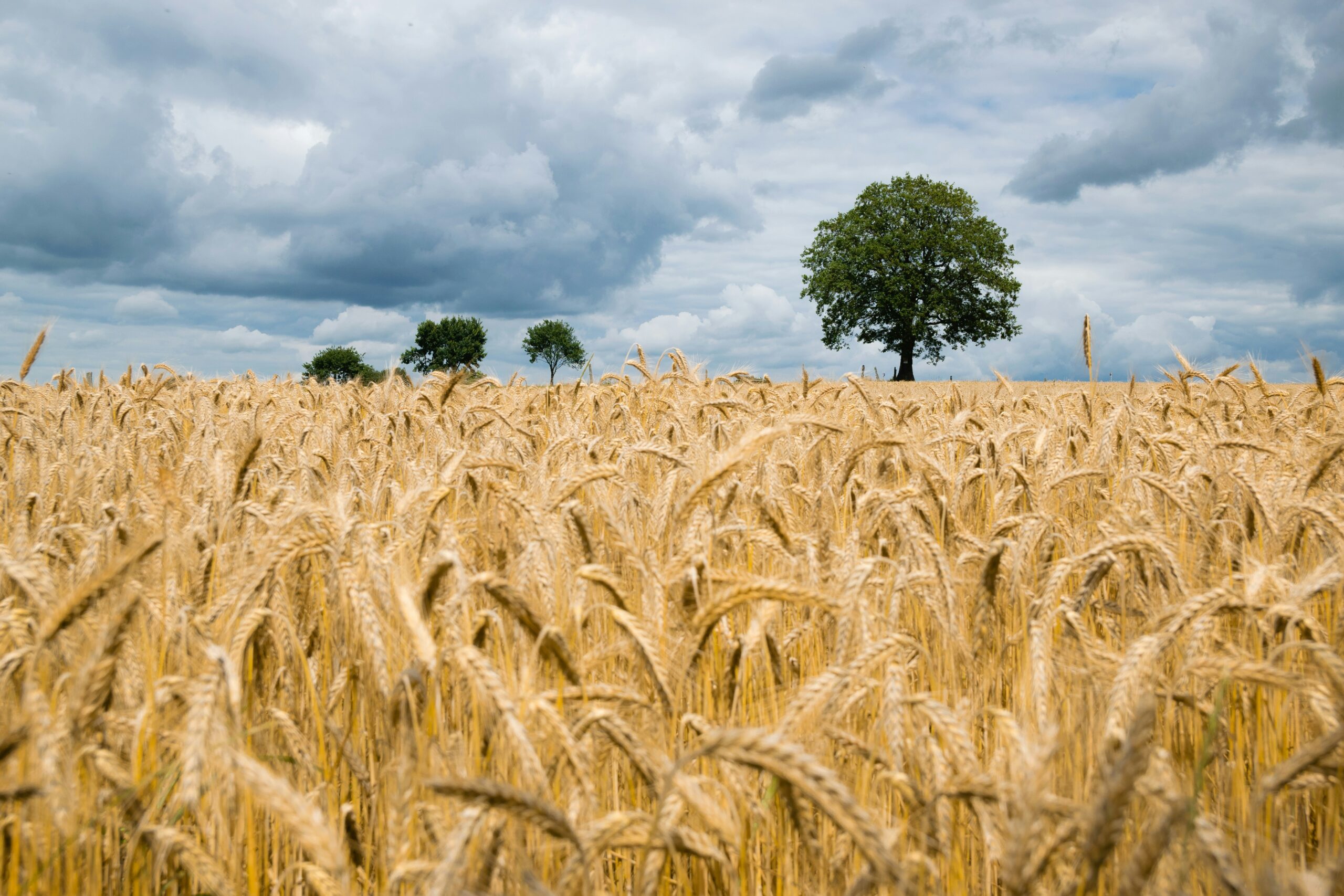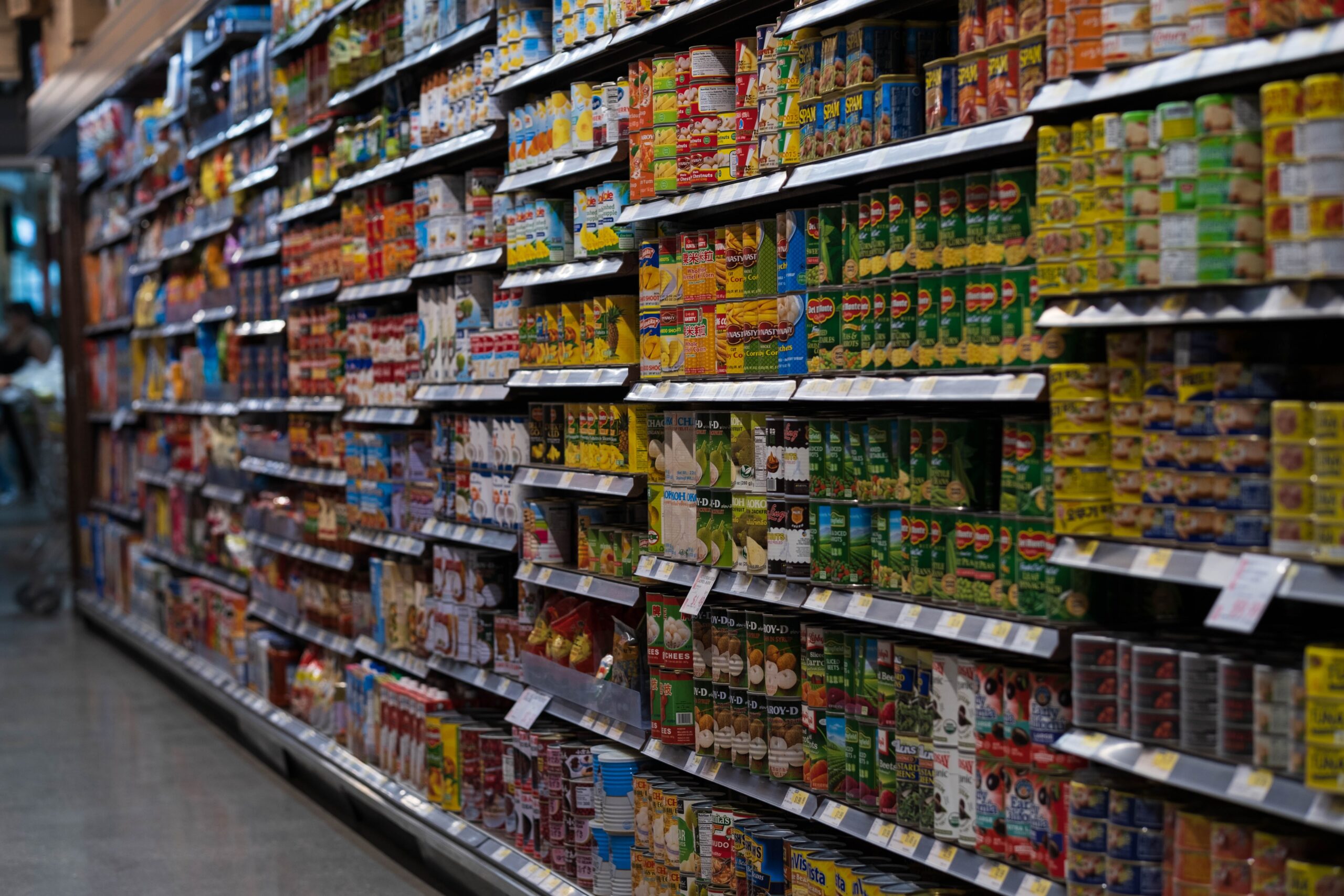As consumer goods companies in the fast-moving consumer goods (FMCG) sector navigate changing market dynamics, a shift from Rs 7 and Rs 15 price points to Rs 10 packs is underway, signalling a strategic response to moderating commodity inflation. Executives from leading FMCG firms highlighted this transition, indicating a shift in consumer preferences and market viability.
Mayank Shah, senior category head at Parle Products, spoke of the advantages of the Rs 10 price point, citing its convenience in dealing with coinage issues, maintaining favourable price-value equations, and effectively competing with local brands. Parle, a prominent biscuit manufacturer, predominantly offers its biscuit brands at the Rs 10 price point, focusing on pack sizes weighing 75-80 grams.
Shah noted that the Rs 15 packs, weighing 110 grams, have become less appealing to consumers, leading to their reduced viability, as customers are reluctant to pay an additional Rs 5 for slightly more grammage. Nestle India, however, still offers Rs 7 and Rs 14 packs for its Maggi noodles, though the availability of Rs 7 packs has slowed down in recent months, according to retailers and distributors.
The market’s preference for Rs 10 packs is evident in Nestle’s re-entry into this price point for Maggi noodles across rural markets and small towns, competing against the Rs 7 packs that weigh 32 grams. This move prompted ITC to introduce YiPPee! Wow Masala Noodles at Rs 10, featuring packs weighing 50 grams, in response to the shifting market dynamics.
Sachin Bobade, vice-president of research at Dolat Capital, explained that while inflation had previously led to odd pricing strategies, the shift back to more rounded figures like Rs 5 and Rs 10 aims to draw consumers back to familiar price points.
Local FMCG brands like Kolkata-based Annapurna Swadisth continue to thrive at the Rs 5 price point, offering various snacks, namkeens, biscuits, noodles, and cakes. However, national brands find the Rs 5 price point less viable, according to market experts.
Data from Kantar Worldpanel reveals a trend where Rs 5 FMCG volumes have reduced to around 32%, while Rs 10 is anticipated to grow and capture around 25% of FMCG volumes in the coming years. Industry insiders predict that Rs 10 will eventually become the new Rs 5 within the FMCG sector due to its viability and appeal to both consumers and businesses. Tarun Arora, CEO of Zydus Wellness, highlighted Rs 10 as a sweet spot for companies, positioning it as a sustainable and competitive price point.




































